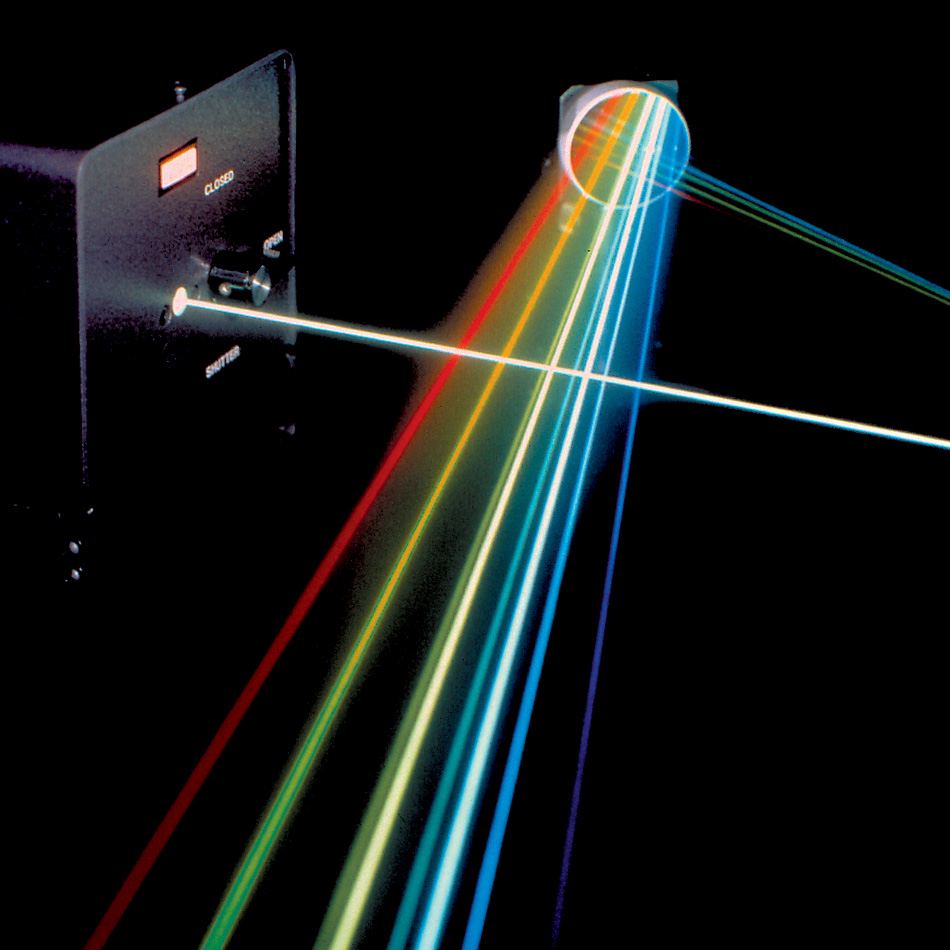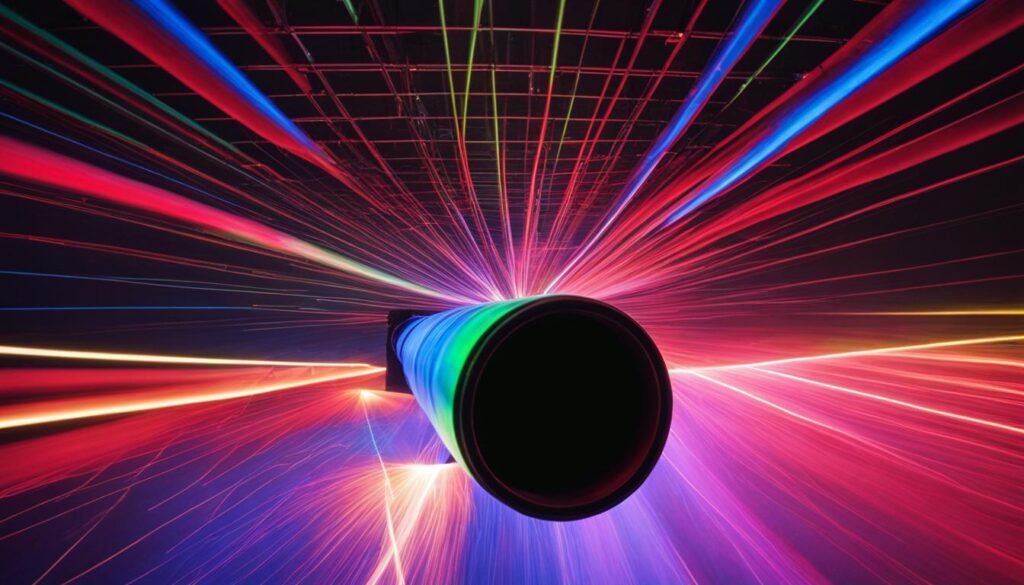Contents

Source: Coherent
Understanding Ion Lasers
Introduction to Ion Lasers
Ion lasers are a type of gas lasers that utilize ions as the laser-active medium. In these lasers, positively charged noble gas ions such as Ar+, Ar2+, or Kr+ are typically employed. The ions are generated through excitation processes in an intense electric dc arc discharge, resulting in a few percent degree of ionization at gas pressures around 100 Pa.
Characteristics of Ion Lasers
Ion lasers are prominent for emitting visible light, with some models capable of producing ultraviolet wavelengths. This distinguishes them from most other gas lasers that primarily emit in the infrared spectrum. The ionization energies of ions in these lasers are higher than those of neutral atoms, enabling the generation of shorter-wavelength light, especially with doubly charged ions like Ar2+ for ultraviolet emission.
Types of Ion Lasers
Argon Ion Lasers
Argon ion lasers are notable for their green light output at 514.5 nm, with additional wavelengths such as 457.9 nm, 488.0 nm, or 351 nm. These lasers are commonly used for pumping other laser systems like titanium–sapphire and dye lasers.
Krypton Ion Lasers
Krypton ion lasers operate on transitions of Kr+ ions, emitting light at wavelengths like 647.1 nm (red), 413.1 nm (blue), 530.9 nm (green), or 568.2 nm (yellow). While their output power is typically lower than argon ion lasers, they offer a range of visible, ultraviolet, and infrared wavelengths.
Argon/Krypton Ion Lasers
Some ion lasers combine both argon and krypton ions to produce multiple visible spectral lines, creating high-power white light sources with varying colors during operation.
Helium–Cadmium Lasers
Helium–cadmium lasers utilize Cd+ ions for emission, operating in the blue (441.6 nm) and ultraviolet (325.0 nm or 353.6 nm) regions. These lasers are known for their continuous output and are used in applications like spectroscopy and holography.
Technical Details of Ion Lasers
Ion laser tubes are crucial components, often made of durable ceramic materials. These lasers require high power density excitation, leading to low efficiency and the need for effective cooling systems. Despite their high plasma temperature, ion lasers maintain good beam quality with weak thermal lensing effects.
Applications of Ion Lasers
Ion lasers have been historically used in various applications such as laser shows, pumping other lasers, Raman spectroscopy, holography, semiconductor industry processes, and medical treatments like retinal phototherapy. However, they are gradually being replaced by more efficient diode-pumped solid-state lasers and optical parametric oscillators for improved performance and longevity.
Conclusion
Ion lasers have played a significant role in laser technology, particularly in visible light applications. While they continue to find use in specific fields, advancements in solid-state lasers and OPOs are driving the evolution of laser systems towards higher efficiency and versatility.

Source: LASOS Lasertechnik GmbH
Feel free to comment your thoughts.



